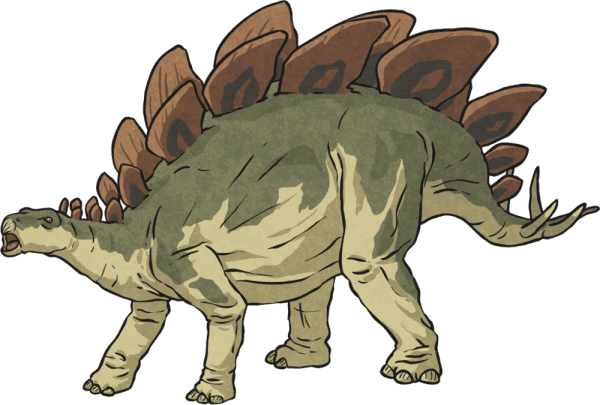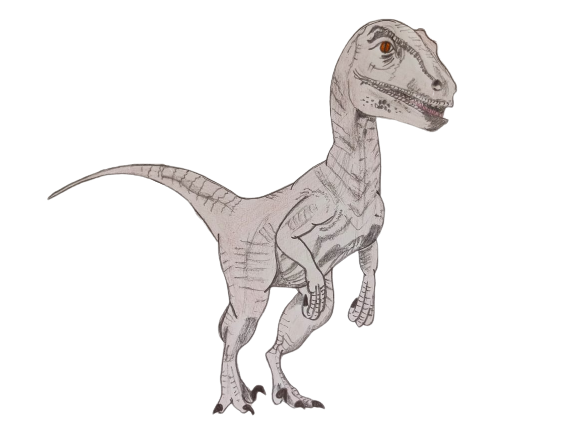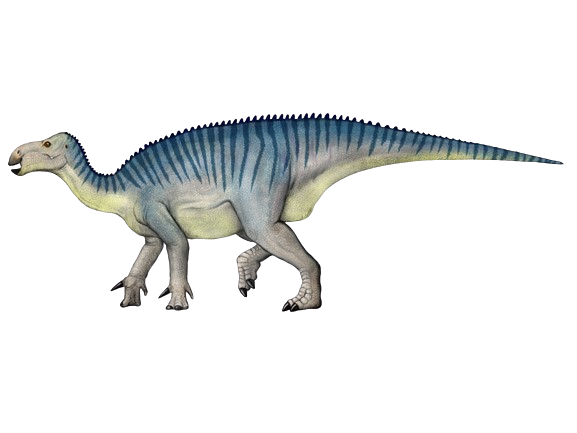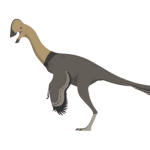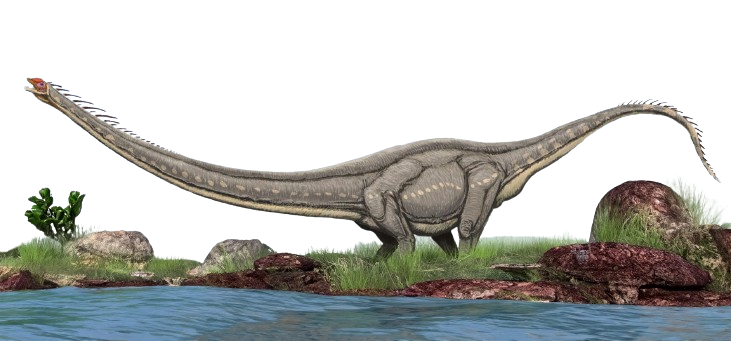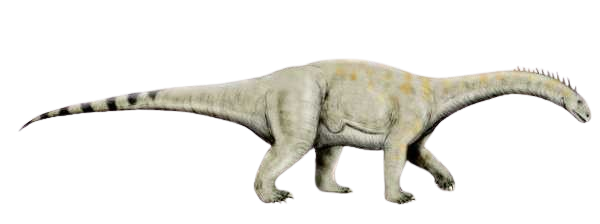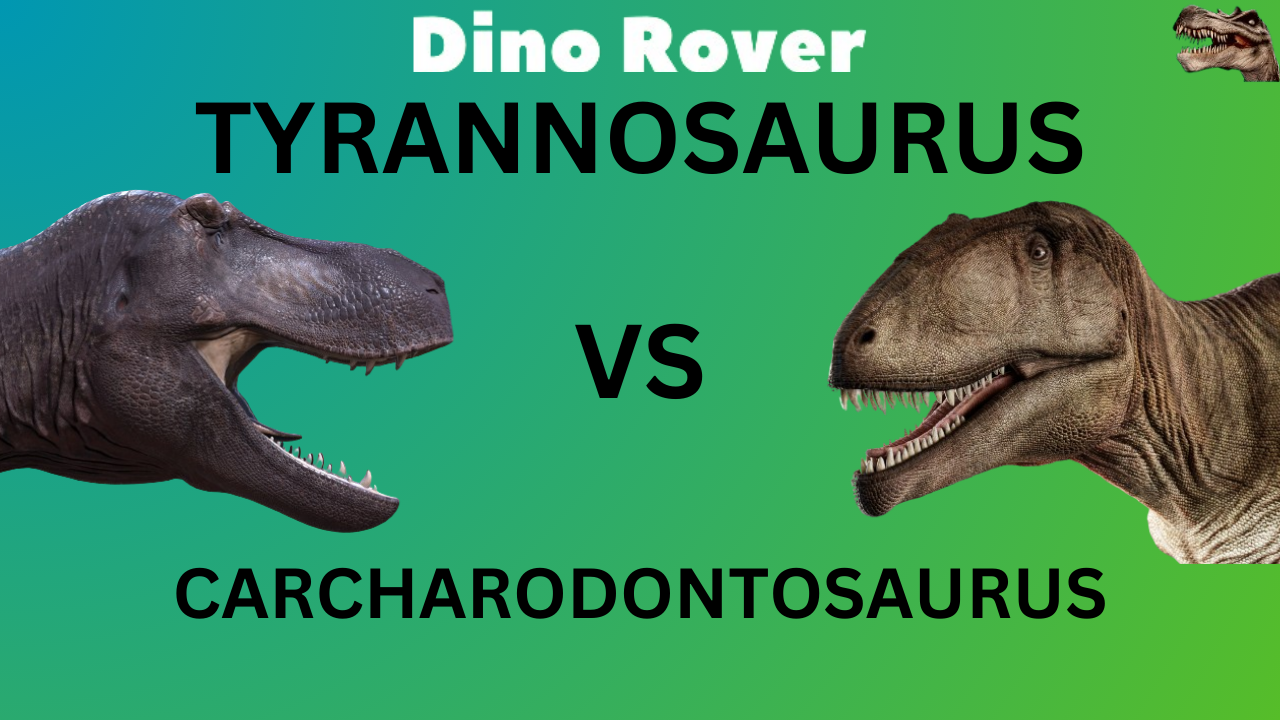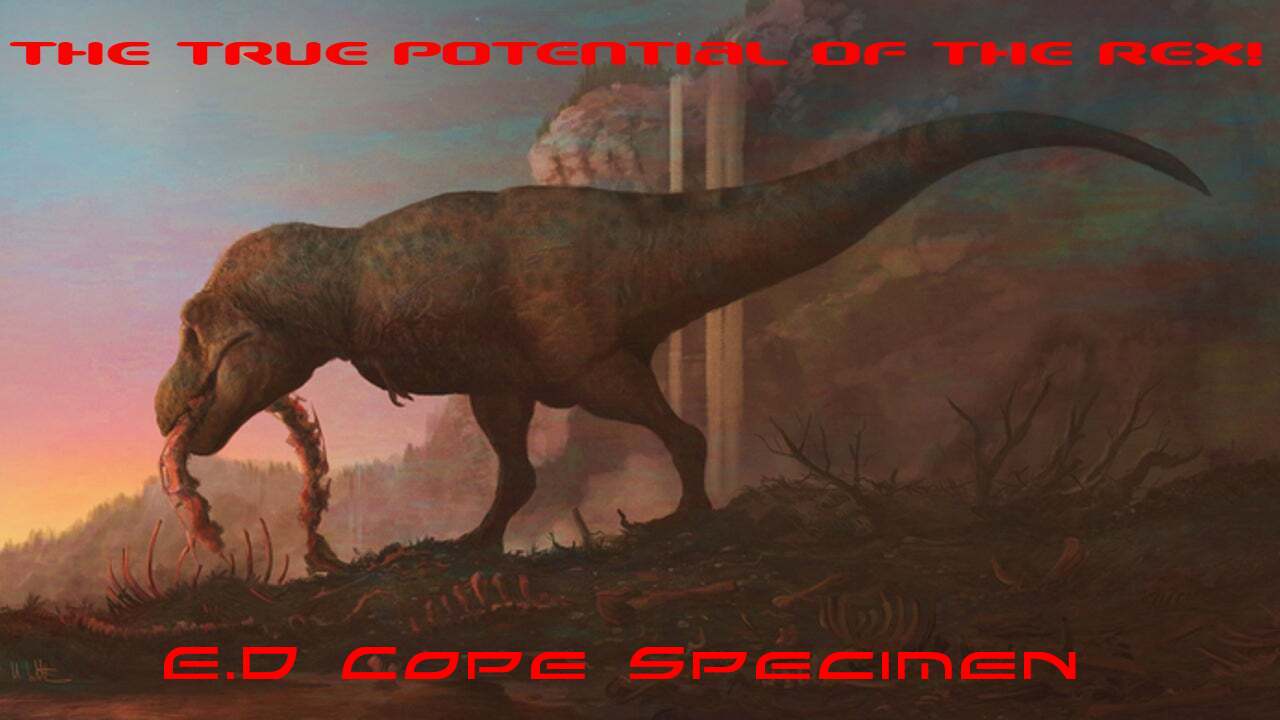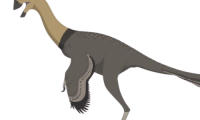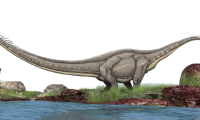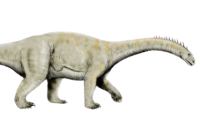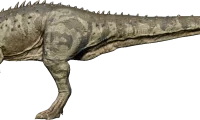The Stegosaurus, a prominent member of the Stegosaurid family, remains a captivating subject within the realm of paleontology. This herbivorous dinosaur, known for its distinctive double rows of plates along its back and a formidable spiked tail, shares its family with other notable members like Tuojiangosaurus and Kentrosaurus.
Emerging during the late Jurassic Period approximately 150 million years ago, the Stegosaurus possessed unique anatomical features that set it apart. While its snout wasn’t particularly large, and its brain size was comparable to that of an egg, the Stegosaurus was a creature marked by both strengths and vulnerabilities. Its relatively modest intelligence and poor eyesight rendered it susceptible to predators, most notably the Allosaurus. However, the Stegosaurus compensated for these shortcomings with a well-developed defensive instinct, employing its spiked tail as a formidable weapon against potential threats.
The revelation of this defensive strategy came to light through meticulous scientific analysis. Examination of Allosaurus bones bearing stegosaurus tail marks provided compelling evidence of these ancient battles. This finding adds a layer of intrigue to the narrative of these prehistoric creatures and underscores the dynamic interactions within ecosystems of the past.
In addition to their defensive prowess, Stegosaurs displayed a social inclination, preferring to move in herds. This behavior likely served as a communal defense mechanism against predators like the Allosaurus. Although their pace was only marginally faster than that of humans, the collective strength of a Stegosaurus herd made it a formidable force against potential attackers.
Imagine the scene: an Allosaurus attempting to navigate through a group of Stegosaurs. The inherent risk of severe bone fractures and potentially fatal injuries highlights the challenges predators faced in prehistoric ecosystems. Contrary to the perception of a predator’s life being easy, these ancient ecosystems reveal a complex interplay of strengths and vulnerabilities, where survival required strategic adaptations and collaborative behaviors.
Stegosaurus, with its unique features and intriguing social dynamics, continues to capture the imagination of paleontologists and enthusiasts alike. As we delve further into the fossil record and refine our understanding of these ancient giants, the story of Stegosaurus unfolds as a testament to the intricate balance of life and survival in the Jurassic Period.


